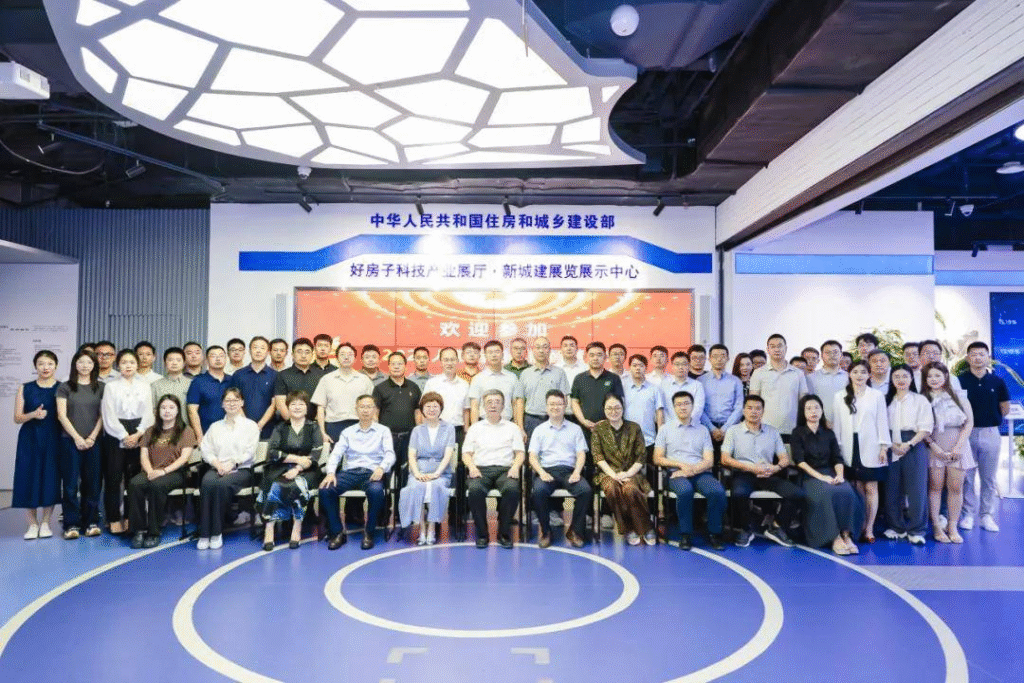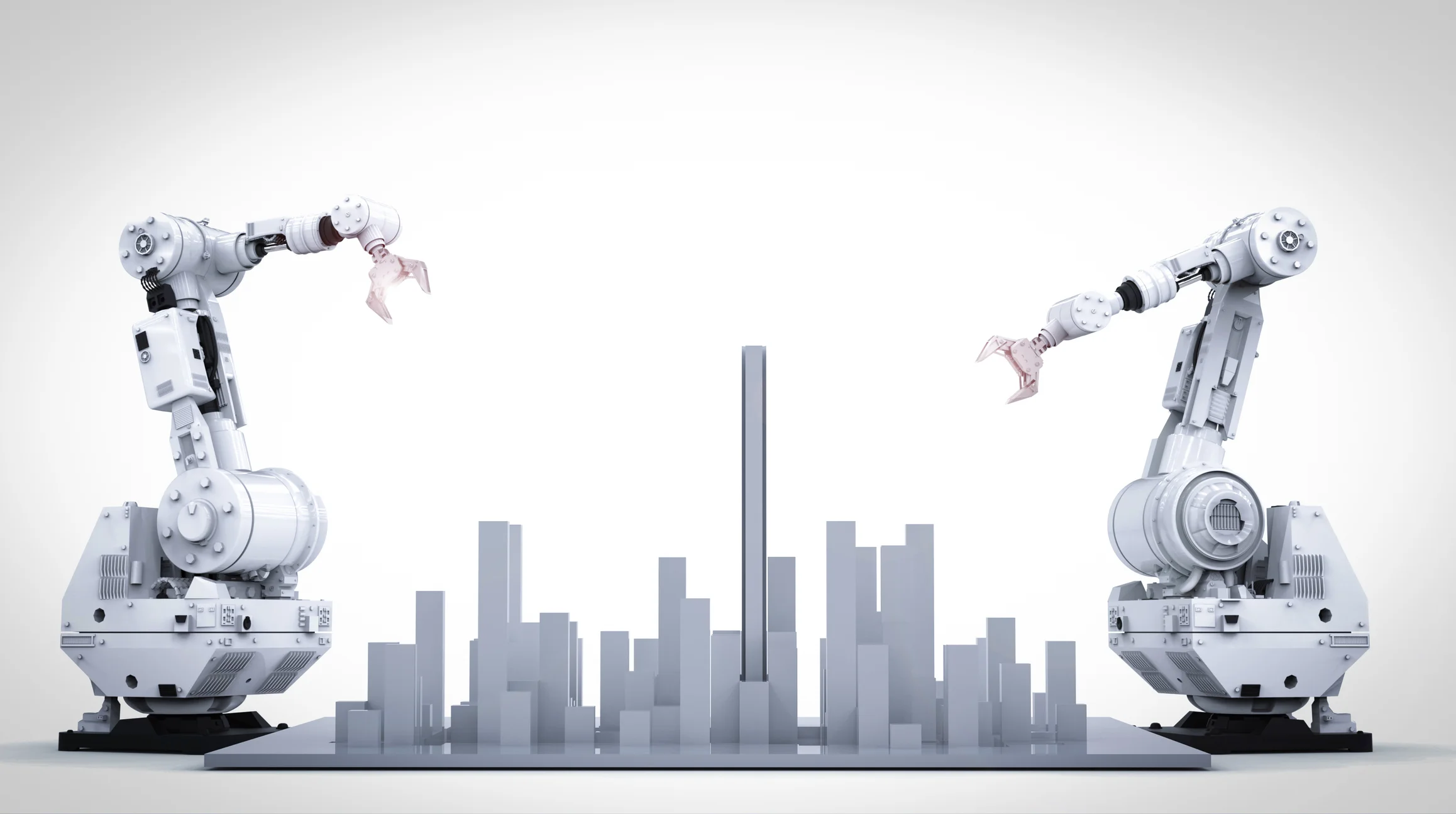Innovative Application of Intelligent Robot Technology in the Construction Industry: Building the Integration of Art and Technology in Future Cities
With the rapid development of technology, robot technology has been widely applied in various industries, including the construction industry. The construction industry is facing many challenges, including a shortage of human resources, low construction efficiency, and difficulties in cost control. The introduction of robotics technology has provided new solutions to these problems. This article will explore the application of robot technology in the construction industry, including its advantages, specific application cases, and future development trends.

The advantages of robot technology
The application of robot technology in the construction industry has multiple advantages. Firstly, robots can improve construction efficiency. Compared to traditional manual construction, robots can complete more work in a shorter amount of time. Secondly, robots can reduce human errors and improve construction quality. Due to the fact that robots follow pre-set programs during task execution, they can ensure that every step is carried out according to standards. In addition, robots can also work in dangerous environments, reducing the safety risks for workers.
The Application of Robots in Architectural Design
Robot technology also plays an important role in the architectural design phase. Through computer-aided design (CAD) and building information modeling (BIM) technologies, designers can use robots to create complex building models. Robots can automatically cut and assemble materials according to design drawings, thereby improving the accuracy and efficiency of design.
1. 3D printing technology
3D printing technology is an important application of robotics technology in architectural design. By using large 3D printers, architects can quickly create building models. This technology not only saves time but also reduces material waste. 3D printing can also achieve complex geometric shapes, which are difficult to achieve in traditional construction.
2. Automated design tools
With the development of artificial intelligence, many architectural design software have begun to integrate automated design tools. These tools can automatically generate design solutions based on user needs and create models through robots. This approach not only improves design efficiency, but also stimulates designers’ creativity.
The application of robots in the construction process
During the construction phase, the application of robot technology is more widespread. Construction robots can perform various tasks, including bricklaying, spraying, welding, etc. These robots are capable of working in different environments and adapting to various construction needs.
1. Brick laying robot
Brick laying robots are one of the most common robots in construction. These robots can automatically complete bricklaying work, ensuring that the placement position and angle of each brick meet the design requirements. By using brick laying robots, construction speed can be significantly improved while also reducing labor costs.
2. Spray painting robot
Spray painting robots have also been widely used in construction. These robots are capable of automatically completing the spraying work on walls and other surfaces. Compared with manual spraying, spraying robots can achieve more uniform coating and reduce paint waste.
3. Welding robot
Welding is an indispensable part of construction. Welding robots can work in high temperature and hazardous environments to ensure welding quality. By using welding robots, construction units can not only improve welding efficiency, but also reduce worker safety risks.
The Application of Robots in Building Maintenance
After the construction is completed, maintenance work is equally important. Robot technology has also played an important role in building maintenance. By using drones and other robots, building maintenance work can be more efficient and safe.
1. Unmanned aerial vehicle inspection
The application of drones in building maintenance is becoming increasingly common. By equipping with high-definition cameras, drones can conduct comprehensive inspections of the exterior of buildings. This approach not only saves manpower but also enables timely detection of potential issues, ensuring the safety of the building.
2.Cleaning robots
Cleaning robots Cleaning robotshave also been widely used in building maintenance. These robots are capable of automatically cleaning both the exterior and interior of buildings. By using cleaning robots, building maintenance units can improve work efficiency and reduce labor costs.
With the continuous advancement of technology, the future development of robot technology will see a wider application in the construction industry. In the future, robots will not only be limited to performing simple construction tasks, but will also participate in various aspects of building design, construction, and maintenance.
1. The combination of artificial intelligence
In the future, robots will be deeply integrated with artificial intelligence technology. Through machine learning and data analysis, robots can automatically adjust construction plans based on real-time data, improving construction efficiency and quality.
2. Self construction
With the development of technology, autonomous construction will become possible. Future robots will be able to complete the entire construction process without human intervention. This will greatly improve construction efficiency and reduce costs.
3. Sustainable development
The application of robot technology will also promote the sustainable development of the construction industry. By optimizing material usage and construction processes, robots can reduce the impact of building construction on the environment.
Conclusion
The application prospects of robot technology in the construction industry are broad. Robot technology is changing traditional construction methods by improving construction efficiency, reducing costs, and enhancing construction quality. With the continuous advancement of technology, the future construction industry will rely more on robot technology to create safer and more efficient building environments for people.




